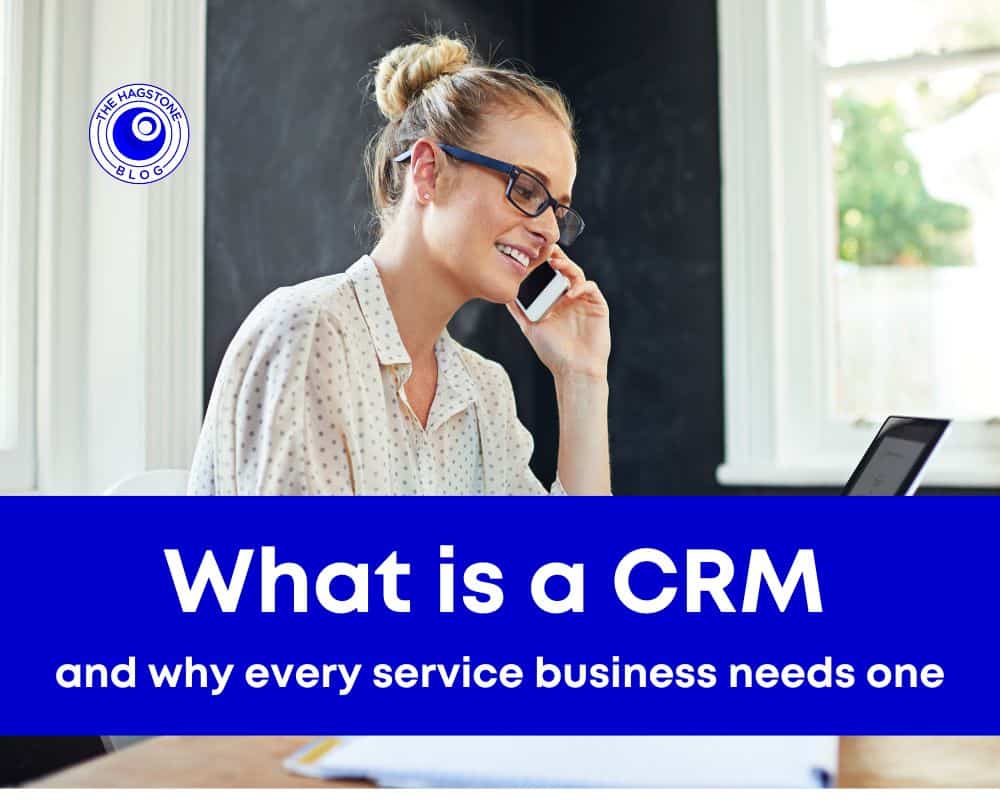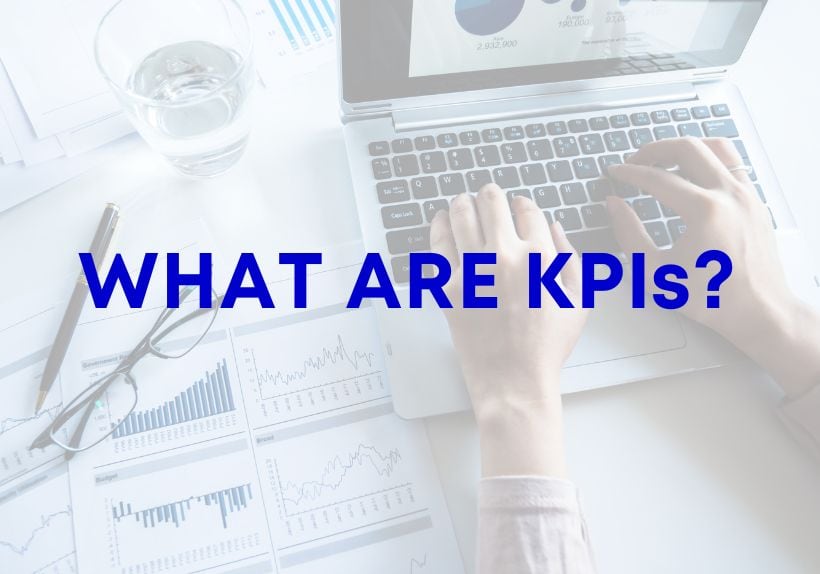What is a CRM and why every service business needs one
If you are an entrepreneur running a service business without a CRM, you are missing out. Truly. A CRM is a Customer Relationship Management software. They can be fairly simple or very sophisticated. In all cases, it’s a powerful tool to manage customer communication and relationships. Read on to understand what is a CRM and why every service business needs one.
CRM explained
Essentially, CRM software is a database. It’s a hub to centralise all available information about customers. Though this includes basics like contact details, it also captures purchase history, preferences, and past communication.
Features of a CRM
Next, let’s look at the key features of a CRM. Understanding its functionality will make it clear the value of using it in a service business.
1. Analytics and Reporting
Because smart business decisions are based on data, tracking KPIs (Key Performance Indicators) is very important. However, without software, this can be tedious and time consuming. Therefore, the reporting capabilities of a CRM is a valuable feature. Furthermore, these can be customised to fit each individual business. And this makes it easy to run reports on measurements that matter to your business.
2. Automating Communication
Since many CRMs have email marketing features, this allows for client communication to be automated. For example, setting up a happy birthday message to send on the right date means less administrative work. Also, this feature can be used to build loyalty and boost sales. See the next session for specific examples to implement in your business. Even if a CRM doesn’t have its own email marketing function, it can connect to MailChimp, FloDesk, or Klaviyo using Zapier.
3. Scheduling and Reminders
Use the scheduling feature of a CRM, and never forget a followup call again. This can be short term, like a post-service call for next Tuesday. Also, it can be long term, like setting a call for when a customer returns from vacation in a few months. Either way, it means centralising customer activity into one software. This is streamlining, which saves time and improves focus. Overall, it is smarter to use a CRM than crowd a calendar with tasks or search through a jumble of notes.
4. Customising and Centralising Data
CRMs offer many ways of tagging and categorising customers. Also, they usually allow for custom labels, so you can personalise for your business. By uploading files, photos, and documents, all information about a customer can be centralised. This cuts down on paper filing, as well as flipping through online folders and email boxes. Keeping all customer data in one place cuts down on administration time, and powers opportunities to build loyalty and drive sales. More importantly, it empowers all staff to have access to the same information.

5 Ways to use a CRM in a service business
Next, here are some real examples of how to use a CRM in a service business. Remember that when selling services to customers, the relationship they have with your company is critical for success. After all, when there are many options for landscaping, or dog walking, or house painting – then it’s their feelings and experience as your customer that determines whether they will buy from your business again. So here are 5 ideas you can use today:
1. Build Customer Relationships
For a service business, consumer relationships have a huge impact on the bottom line. Acquiring a new customer can be costly, so building a base of loyal, repeat customers provides stable revenue. When a business is starting out, it’s easy to keep track of customer details in a notepad online, or on paper. But as the client list grows, it’s impossible to remember it all. So use a CRM to record everything your customers care about. Did someone mention it’s their son’s birthday next week? Add that to their file in your CRM! Because a year from now, when you casually pass along Happy Birthday greetings in an email, their mind will be blown. This is a powerful way to build customer relationships.
2. Build Customer Trust
Consumer trust is another factor that matters in a service business. Trust can be lost so quickly, which is why the data management function of a CRM has so much value. Every opportunity to demonstrate attention to detail builds consumer trust in your business.
Here is an example. In my last business, a customer once called in very upset because she’d been expecting services that day – but no one had shown up. She wasn’t even on the schedule! It looked like a screw up on our side, which would have hurt the relationship.
However, a quick scan of her file in the CRM showed that a month earlier, she had emailed in to cancel service for that day. Which she forgot about. After a gentle reminder of this, the situation immediately turned. Instead of being angry, she became apologetic. Using the CRM to record customer communication transformed the situation and prevented loss of trust.
3. Encourage Repeat Business
Use a CRM to leverage whatever seasonal cycles happen in your business, and craft a communication to encourage repeat business. If spring is a peak time for your window washing business, then use your CRM to filter everyone who booked that service last spring – and send them a message inviting them to book again. Reminder emails like this can be set up to go out at appropriate intervals. Alternatively, it can be automated to be sent a certain number of weeks or months after their last purchase.
4. Close More Leads
No business closes 100% of leads. Whatever the closing rate is, a CRM can be used strategically to increase it. Just connect the CRM with email follow ups to automate and streamline the sales process.
Personalise the messages using the data you have about the lead. For example, the email can be set up with fields for first names, address, service description, and the price quoted. When the potential customer receives that followup, they have all the information they need to make a decision and take action, without having to dig through their own records.
5. Upsell
For businesses offering multiple service lines, use the filtering capabilities of a CRM to upsell customers. For example, a landscaping business can send its lawn cutting customers emails inviting them to book leaf blowing. Or a hair salon sends information about colour treatments to customers who have never booked it. Knowing customers and what services they have used is an opportunity to promote the other services you offer, in a meaningful way.
CRM and Service Businesses
In summary, a CRM is a powerful tool to manage customer information. It centralises data, which streamlines processes and cuts down on administrative time. More importantly, it enables personalised communication which builds customer relationships and loyalty. And finally, it provides a way to generate reports that drive analysis and smart business decisions. For these reasons, every entrepreneur with a service business will benefit from having a CRM.
What is a CRM and why every service business needs one Read More »






